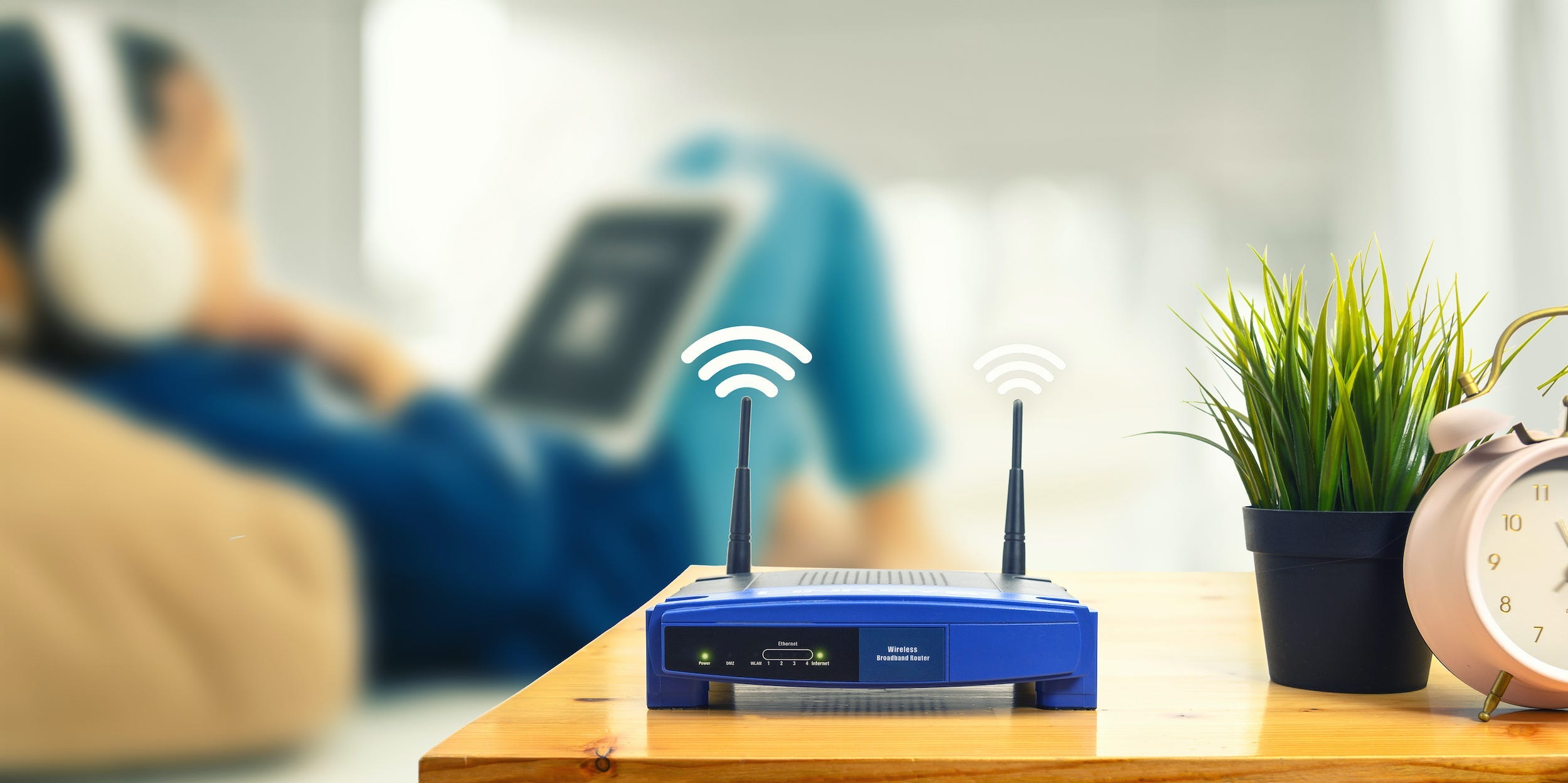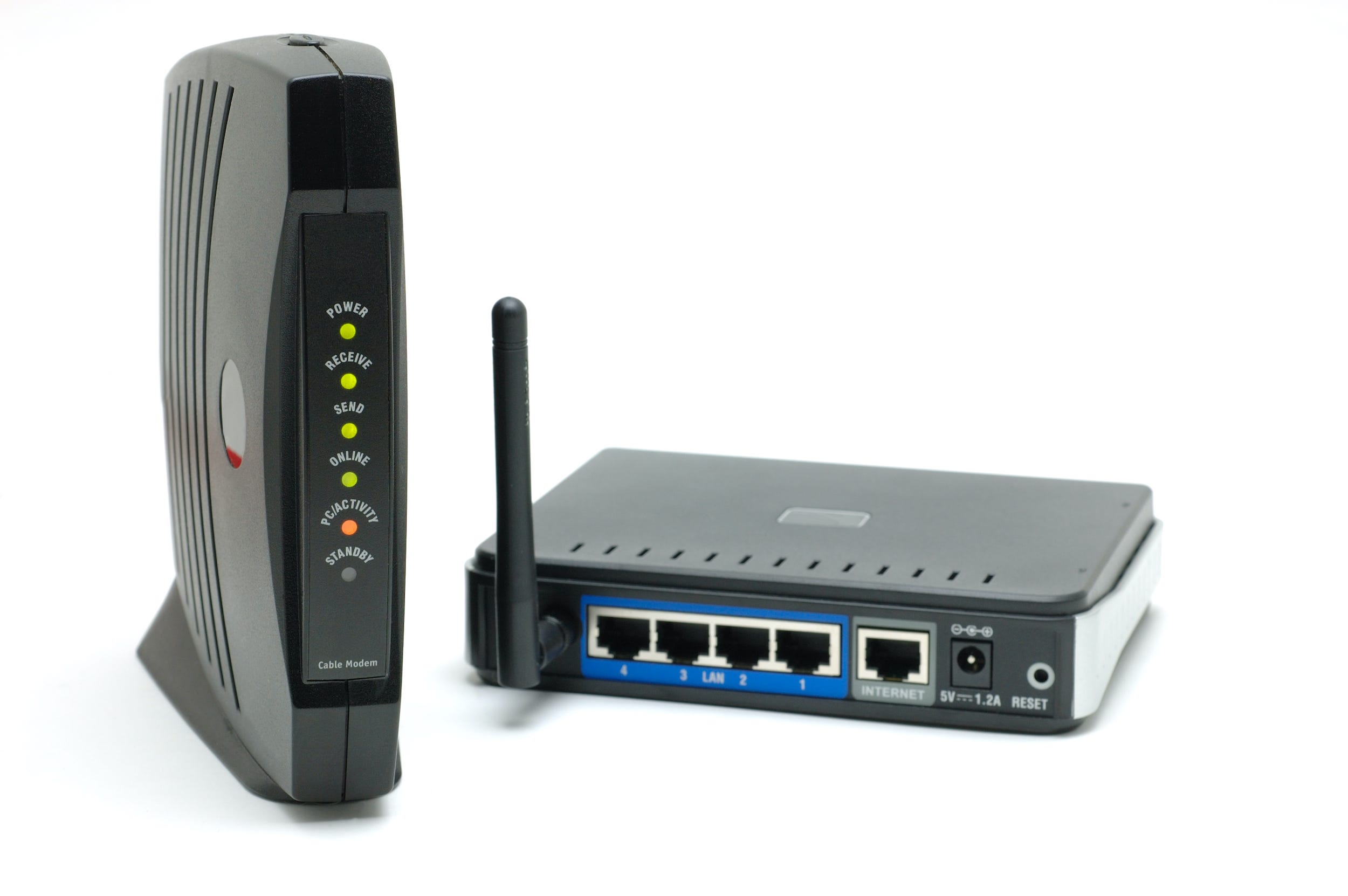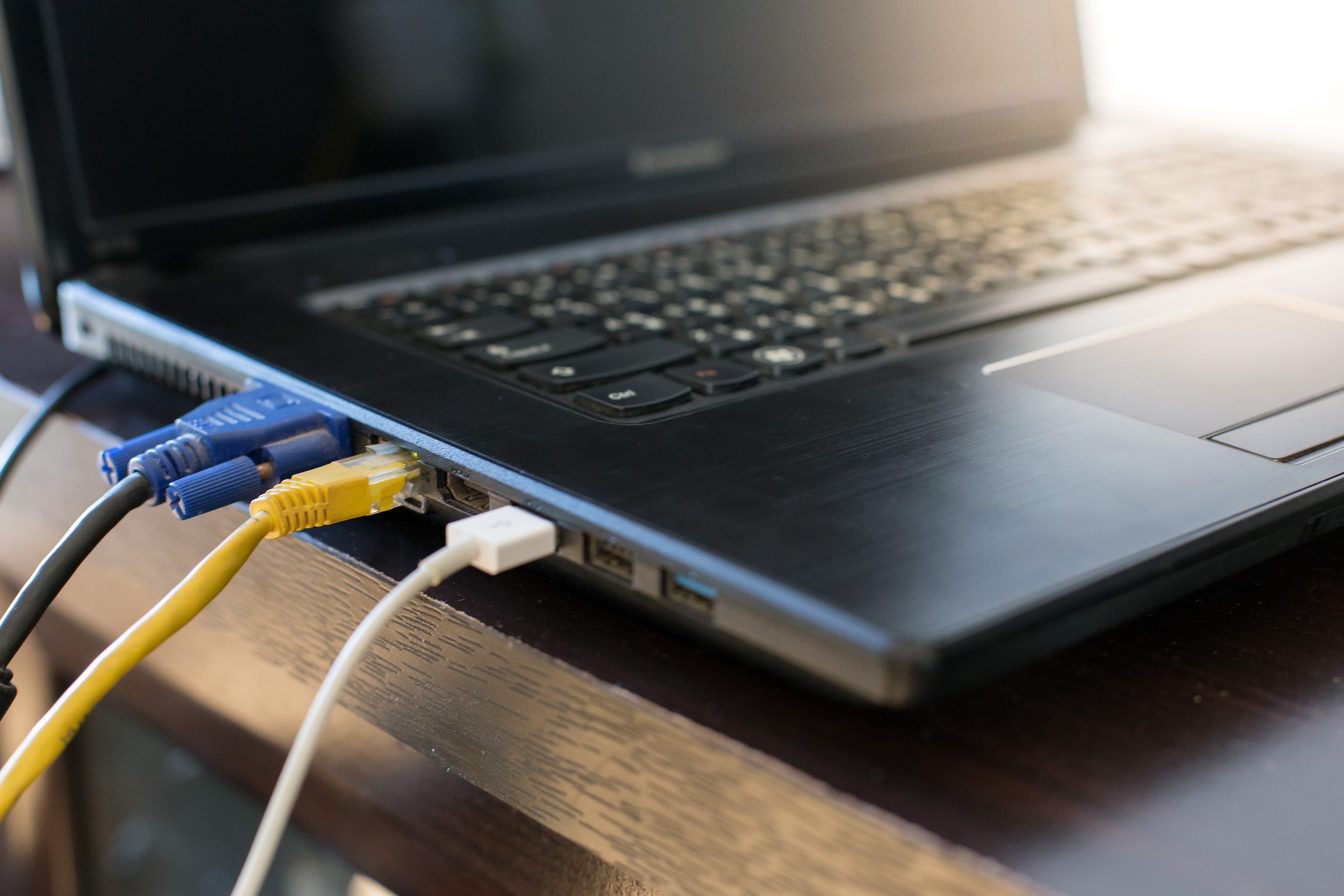
CASEZY/Getty Images
- A modem and router work in tandem to deliver you an internet connection.
- Even if the modem and router are combined in the same hardware, they serve distinct functions.
- The modem communicates with the internet service provider to get you access to the internet; the router acts as a management tool for your local area network.
- Visit Insider's Tech Reference library for more stories.
Your modem and your router may be similar in appearance, but they have distinct roles when it comes to delivering you an internet connection.
Even if you aren't running your own server, it's a good idea to have a basic grasp of how these two pieces of hardware work in tandem to deliver your internet. That way, you'll have an easier time determining the best router and modem setup for your local network, and troubleshooting any internet-related issues that may arise.
Here's a brief explainer on what you should know about your modem and router to keep them running optimally.
Modem vs. router
The essential difference between a modem and a router is that a modem connects you to the internet as a whole while the router manages and routes the internet to your devices.
A modem is your gateway to internet access
The modem authenticates and connects you to your chosen internet service provider (ISP), which might be a local provider or a national company like AT&T or Comcast.
Generally, a modem is black, with an appearance similar to a gaming console - flashing lights and a sleek, compact design. They can be as small as a smartphone or as large as a box of cereal.
The main thing you'll be concerned with as far as your modem though is its reliability and speed connecting to the internet.
Even if you have the newest, fastest type of modem, factors beyond your control can impact its connection. For instance, old or damaged cable lines that connect your modem to the ISP can cause slower speeds. But that's something your ISP is on the hook to fix, not you.
Another issue that can impact modem connectivity is provider availability. For instance, if you don't have access to fiber internet or 5G, it won't matter that your modem is top-notch. The modem will still be limited in its speed, and depending on the type of modem, may not even work at all.
There are also two important acronyms to know related to your modem: the ISP and IP address.
Your ISP, or internet service provider, is the company you're likely paying to get internet service. Your modem would be a hunk of useless hardware without the ISP to communicate with it.
If you've ever received a copyright-related correspondence from your ISP, that's because of your ISP's knowledge of your computer's IP address: The ISP, using the modem, assigns an IP address to your device when you connect to the network.
Routers give multiple devices access to the internet
A router will look similar to the modem: generally boxy and black, though some will have antennas to help broadcast a Wi-Fi signal.
In fact, both the router and modem might even be occupying the same piece of hardware. Yet they are still distinct devices with distinct functions.
While the modem provides the essential pipeline to the larger internet, the router acts as a sort of bouncer, manager, and traffic director for your local network. The router is a secure check point that routes internet to your devices as they simultaneously use the internet.

bedo/Getty Images
One big factor that may affect the router's connectivity is if your device is wired or wireless. Wireless networks tend to suffer from disruptions related to the proximity between your devices and the router.
A few of the most ubiquitous router brands are Netgear and Linksys. Whichever brand you elect to use, your router will be the brains behind your local area network (LAN), routing all the traffic and assigning local IP addresses to any device that's using your internet.
Modems and routers can be stored in one device
Sometimes, you'll see one piece of hardware that houses both the modem and the router. If that's the case, the hardware is usually provided by your ISP.
There are some benefits to the two-in-one model. For starters, it's more compact and easier to set up for novice users.
However, the benefits of two separate components have an advantage over the convenience of a combo system. With a separate router and modem, there's more opportunity for hardware upgrades, and also better access to network ports, which are particularly handy if you want to hardwire your connection with an Ethernet cable.

Chalongrat Chuvaree / EyeEm/Getty Images
Having your router be separate from your modem also allows you to locate the router in its most ideal location for optimal wireless coverage.
And technically you don't even have to have a router - you can bypass a router in favor of plugging directly into the modem with an Ethernet cable. However, the practice would be more inconvenient than Wi-Fi.
A mesh network doesn't replace the need for a router and modem
You may have also heard of a "mesh network" when looking into how to best wire your home.
However, a mesh network is not to be confused with being a total substitute for a modem-router connection. Instead, a mesh network is a way to extend the reach of your wireless router.
Even with a device like the Google Wi-Fi system, which essentially does replace the traditional router in favor of mesh, you'll still ultimately need an ISP and a modem.
Buying your own modem and router might be worth it
There are a few factors to consider when it comes to whether or not to buy your own router and modem hardware, or "rent" the hardware from your ISP - and often, it is a rental agreement and not an outright purchase.
Obviously, you may save money over time by investing in your own hardware. However, there's no guarantee that the available internet service providers will be compatible with the hardware you own.
On the other hand, renting the modem and/or router means an additional monthly fee, and you also have the hassle of returning the hardware when your contract with the ISP ends.
Ways to troubleshoot problems with the modem or router
The most common catch-all fix for a range of modem issues, like glitches in the modem's firmware or other software malfunctions, is "power cycling" - which means turning your modem off and on again. The same fix applies to the router.
The next best troubleshooting method is checking the cables. You'll want to make sure the Ethernet cable and power adapters are properly connected.
Other troubleshooting methods include repositioning your router to eliminate dead Wi-Fi spots in your residence, updating your firmware, and changing your network security key in case your connection has been accessed by someone else.